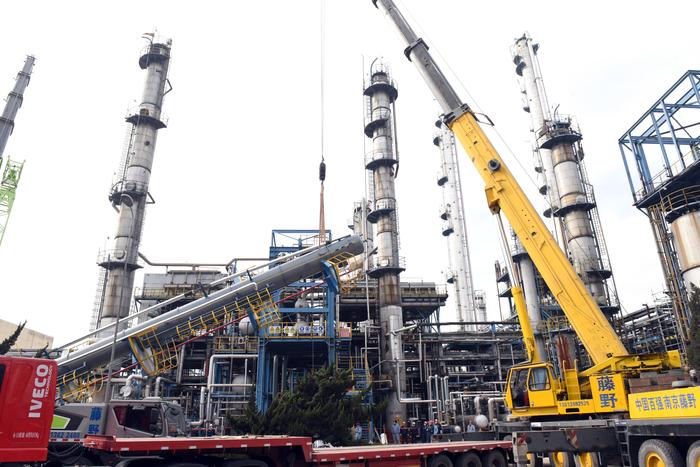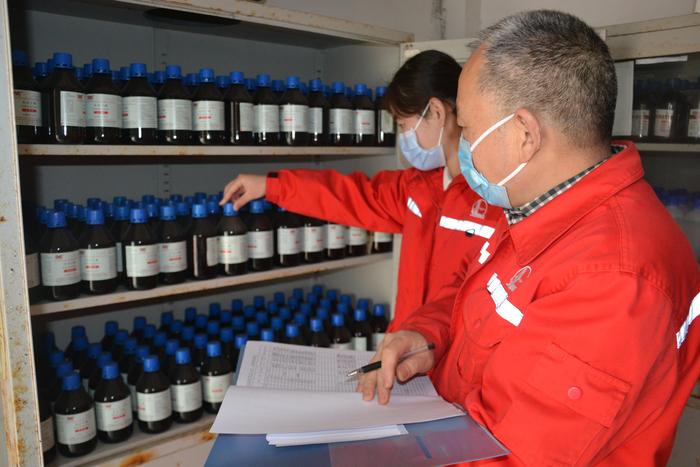|
| 2021-01-26 来源: 中国石化新闻网 |
| 石化新闻 |
中国石化新闻网讯 据阿纳多卢新闻1月20日消息称,根据国际能源署(IEA)周二发布的月度石油报告,2021年全球石油需求预计将增长6%,即550万桶/天,平均为9660万桶/天。 该机构表示,病例的重新出现正在减缓反弹速度,但广泛的疫苗接种工作和经济活动的加速有望刺激下半年的强劲增长。 根据IEA的数据,2020年的全球需求比2019年减少880万桶/天,下降8.8%至9120万桶/天。 IEA表示,12月全球石油供应增加3万桶/日,至9270万桶/日,并预计2021年将进一步增加。 IEA表示:“按照目前的情况来看,如果欧佩克+继续取消2020年创纪录的减产计划,高油价刺激欧佩克+以外的国家增加产量,2021年全球产量可能会增加100万桶/天。” 该机构表示,由于美国预计将在2021年再次宣布产量下降,欧佩克+可能开始收回自2016年成立以来一直稳步输给该组织以外其他国家的市场份额。 受阿联酋和伊拉克的小幅增长的推动,欧佩克成员国12月的原油产量达到了2520万桶/天,比上月增加了15万桶/天。 2020年,欧佩克公布的数据显示,其原油供应量同比下降了380万桶/天,使其年供应量达到2570万桶/天。 非欧佩克产油量减少13万桶/天,至6236万桶/天。 朱佳妮 摘译自 阿纳多卢新闻 原文如下: Global oil demand to increase 6% in 2021: IEA Global oil demand is forecast to increase by 6% in 2021, or 5.5 million barrels per day (bpd), to an average of 96.6 million bpd, according to the International Energy Agency's (IEA) monthly oil report on Tuesday. The agency said a resurgence in COVID-19 cases is slowing the rebound, but a widespread vaccination effort and an acceleration in economic activity is expected to spur stronger growth in the second half of the year. According to the IEA, global demand in 2020 was 8.8 million bpd lower than in 2019, recording an 8.8% decrease to 91.2 million bpd. The IEA said global oil supply rose by 30,000 bpd in December to 92.7 million bpd and forecast more increases in 2021. “As things now stand, global output could rise by more than 1 million bpd in 2021 provided OPEC+ continues to unwind its record cuts of 2020, the higher prices spur those outside OPEC+ to pump more,” the IEA said. The agency said as the US is expected to post another annual production decline in 2021, OPEC+ may start to reclaim the market share it has steadily lost to others outside the bloc since its creation in 2016. Boosted by the modest increases in the UAE and Iraq, crude oil production of OPEC countries reached 25.2 million bpd in December, recording an increase of 150,000 bpd compared to the previous month. In 2020, OPEC posted a decline of 3.8 million bpd year over year that left annual crude supply at 25.7 million bpd. Non-OPEC production saw a decrease of 130,000 bpd to 62.36 million bpd. |








